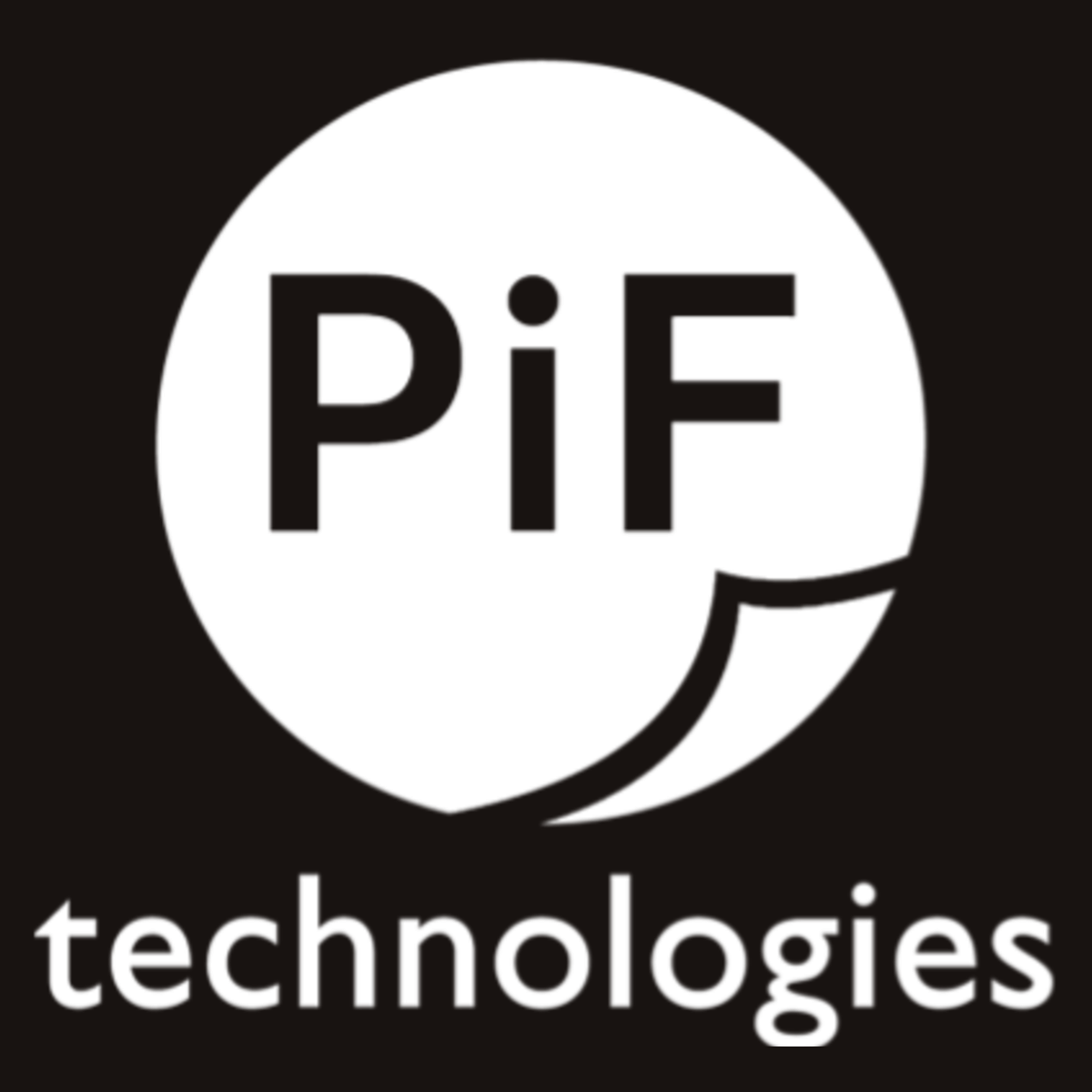The Cloud has exploded in everyday use and popularity in the past few years, and even more so in the past 12 months. Organizations are seeing the value of migrating data and applications to a Cloud environment, and with more and more employees working remotely it’s become a necessity to maintain normal business operations.
Beyond just the timeliness of the Cloud, many organizations are undergoing a digital transformation, investing in new applications or modernizing old ones to enable consistency throughout deployment, performance, and use throughout their entire organization’s computing environment.
Part of this transformation includes creating an architecture that fits their needs, and one that is flexible enough to evolve alongside the changes their business goes through. The Cloud is the perfect example of the kind of infrastructure organizations can migrate to in order to achieve these goals, with little disruption to their existing workflows.
What is the Cloud?
To best understand the impact of a Hybrid Cloud Environment, it’s important to set the groundwork of exactly what the Cloud is.
Cloud Computing is the practice of using a network of remote servers hosted on the Internet to store, manage, and process data. In a generalized sense, Cloud can be described as data centers that are available to users over the internet. An example of this you’re likely familiar with is Apple’s iCloud, which many iPhone users store photos and data on from their Apple devices.
The difference between public Cloud computing vs. private Cloud computing is that a private Cloud (also known as an on-premise or enterprise Cloud) resides on a company’s intranet or hosted data center where all of the data is protected behind a firewall. Typically, this applies to organizations that have data centers and are using their own IT infrastructure. One of the drawbacks in this scenario is that you’ll need to invest in new servers every 4-5 years, which can be a hefty continued investment.
With the Public Cloud, computing services are offered by third-party providers over the public internet, making them available to anyone who wants to use or purchase them. In most cases Cloud resources are sold “on-demand”, allowing users to pay only for usage of the CPU, storage, and bandwidth they consume. Additionally, Public Clouds can save companies from the expensive costs of having to manage and maintain on-premise hardware infrastructure.
Amazon Web Services (AWS) is one of the largest Public Cloud service providers, and as AWS Consulting Partners, PiF Technologies understands both the business benefits and the complexities of Cloud Computing and can help your organization create a successful Hybrid Cloud environment.
What is the Hybrid Cloud?
Amazon Web Services defines the Hybrid Cloud as such: “Hybrid Cloud architectures help organizations integrate their on-premises and cloud operations to support a broad spectrum of use cases using a common set of cloud services, tools, and APIs across on-premises and cloud environments”.
The Hybrid Cloud is a flexible infrastructure that combines public and private Cloud to support an organization’s IT workload. At its simplest, Hybrid Cloud connects at least one public Cloud and at least one private Cloud, and through coordinated orchestration, management, and application portability it creates a single, flexible, optimal infrastructure that best suits a company’s computing workloads.
What are the advantages of the Hybrid Cloud?
The Hybrid Cloud takes the very best of the AWS Cloud and combines it with an On-Premise environment. Despite these advantages, a Hybrid Cloud strategy is still in its ‘early adopter’ phase, a survey by IBM just 13 percent of organizations reported they were actively using a multi-Cloud management platform. Organizations that have adopted a Hybrid Cloud infrastructure see a strong advantage over organizations that only utilize only on-premise hosting.
Infrastructure Virtualization, also known as infrastructure as code, allows developers to create Hybrid environments on-demand using any compute or Cloud resources located behind or beyond a firewall.
The current state of the Hybrid Cloud infrastructure is starting to blend around a unified hybrid multi-Cloud platform that includes support for Cloud-native application development and deployment across all cloud types (public and private) with a single operating system across all environments and coordination that encourages automation across these environments.
Cloud-native development lets developers transform singular, outdated applications into business-focused functionality units that can be run anywhere and reused within a variety of organizational needs.
Benefits of a unified Hybrid Cloud platform
- Flexibility and portability for both applications and data.
- Business acceleration
- shorter product development cycles; accelerated innovation and time-to-market, faster response to customer feedback, faster delivery of applications, and faster integration and combination with partners or third parties to deliver new products and services.
- Improved regulatory compliance and security:
- A unified platform lets an organization utilize the best of Cloud security and regulatory compliance technologies and implement security and compliance across all environments consistently.
- Greater infrastructure efficiency
- Granular control over resources and avoids some of the economic burdens of on-premise infrastructure by migrating legacy applications faster.
Why AWS is the best Cloud for Hybrid
Broad range of services
AWS has more compute, networking, storage, security and identity, data integration, management, monitoring, and operations services than any other cloud provider to help companies build hybrid cloud architectures for their specific use cases and requirements. Services, like Amazon VPC which allows you to provision a logically isolated, virtual network in AWS that is an extension of your on-premises network, AWS Direct Connect which allows you to establish private connectivity to AWS, and AWS Storage Gateway which allows your on-premises applications to use AWS cloud storage, make it as seamless as possible for customers to run their on-premises infrastructure alongside AWS.
Best VMware solution for On-Premises and Cloud
Most companies run their on-premises workloads on VMware virtualization software and want to leverage their investment in VMware skills and tools as they start their move to the cloud. AWS is VMware’s primary cloud partner. VMware Cloud on AWS is a jointly engineered service by AWS and VMware, and is the only VMware hybrid cloud solution that is directly managed and supported by VMware. Customers can use the same VMware skills and tools to manage and run infrastructure on AWS’s cloud infrastructure platform.
Same AWS infrastructure and services On-Premises – AWS Outposts
Developers want to be able to build an application once and have the flexibility to deploy that application in the cloud, on-premises, or in a hybrid architecture with consistent performance. AWS Outposts bring native AWS services, infrastructure, and operating models to virtually any data center, co-location space, or on-premises facility. Unlike other on-premises hybrid cloud solutions that use different APIs, release cadence, manual updates, and third-party hardware and support, AWS Outposts are fully managed and supported by AWS. Customers can access the latest hardware and software and have a single point of support and service.
Secure and compliant
AWS offers the most security, compliance and governance services to help build secure and compliant hybrid cloud architectures. All AWS services that store customer data offer the ability to encrypt that data. We support 89 security standards and compliance certifications including PCI-DSS, HIPAA/HITECH, FedRAMP, GDPR, FIPS 140-2, and NIST 800-171. Customers retain complete control and ownership over the region in which their data is physically located, making it easy to meet regional compliance and data residency requirements.
Why move to a Hybrid Cloud with PiF as your partner
PiF has vast experience working with a variety of organizations all with different IT infrastructures and needs, as an AWS partner, we customize a Cloud solution to fit your exact technical requirements and ensure that your entire organization is successful on the Cloud.







